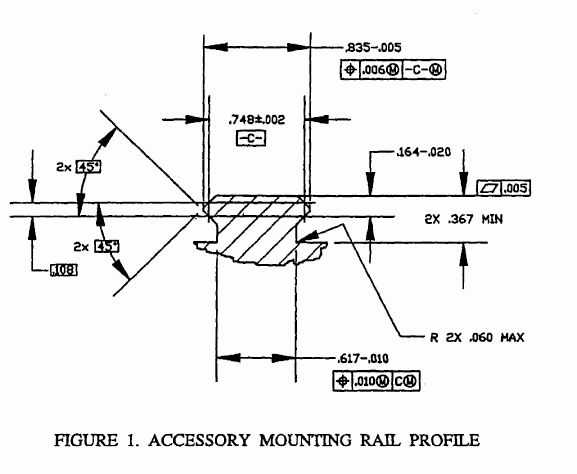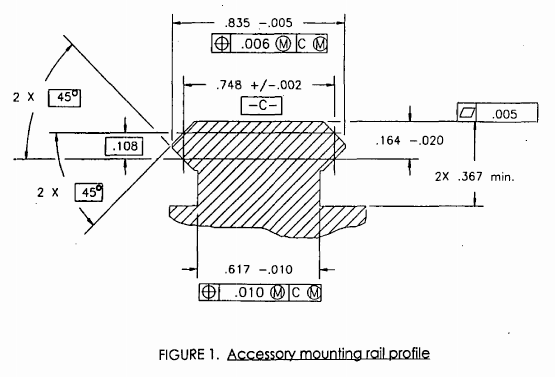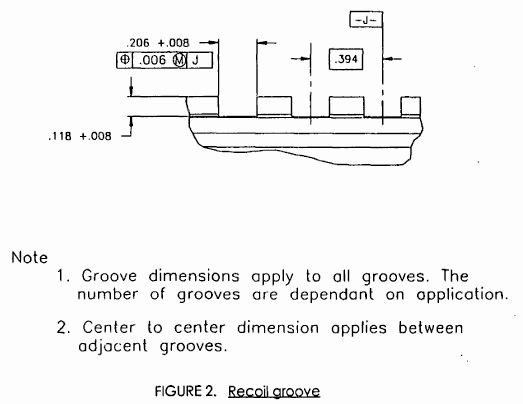MIL-STD 1913 Picatinny
The Picatinny rail, or Pic rail for short, also known as a MIL-STD-1913 rail or STANAG 2324 rail (canceled), is a military standard rail interface system that provides a mounting platform for firearm accessories. It was originally used for mounting scopes atop the receivers of larger caliber rifles. Once established, its use expanded to also attaching other accessories, such as: iron sights, tactical lights, laser aiming modules, night vision devices, reflex sights, foregrips, bipods, slings and bayonets.
Picatinny rails and accessories have replaced iron sights in the design of many firearms, and they are also on the undersides of semi-automatic pistol frames and grips. The rail is named after the Picatinny Arsenal in New Jersey.
A metric upgraded version of the Picatinny rail, the STANAG 4694 NATO Accessory Rail, was designed in conjunction with weapon manufacturers like Aimpoint, Beretta, Colt, FN Herstal and Heckler & Koch, and was approved by the NATO Army Armaments Group (NAAG), Land Capability Group 1 Dismounted Soldier (LCG1-DS) on May 8, 2009.
The older Weaver rail is different from the Picatinny rail which is discussed in Weaver Dovetail or Picatinny. The significant difference between the Picatinny rail and the similar Weaver rail are the size and shapes of the slots, where the Picatinny rail has square-bottomed slots while Weaver rails have rounded slots. An accessory designed for a Weaver rail will fit onto a Picatinny rail whereas the opposite might not be possible. Some accessories are designed to fit on both Weaver and Picatinny rails, most Picatinny devices will not fit on Weaver rails.
Common (3) Rail Types
- 3/8" (9.5mm) Dovetail - on small sporting rifles like .22 RF
- MIL-STD 1913 Picatinny
- Weaver rails
keywords: scope mount rail scopemount base


